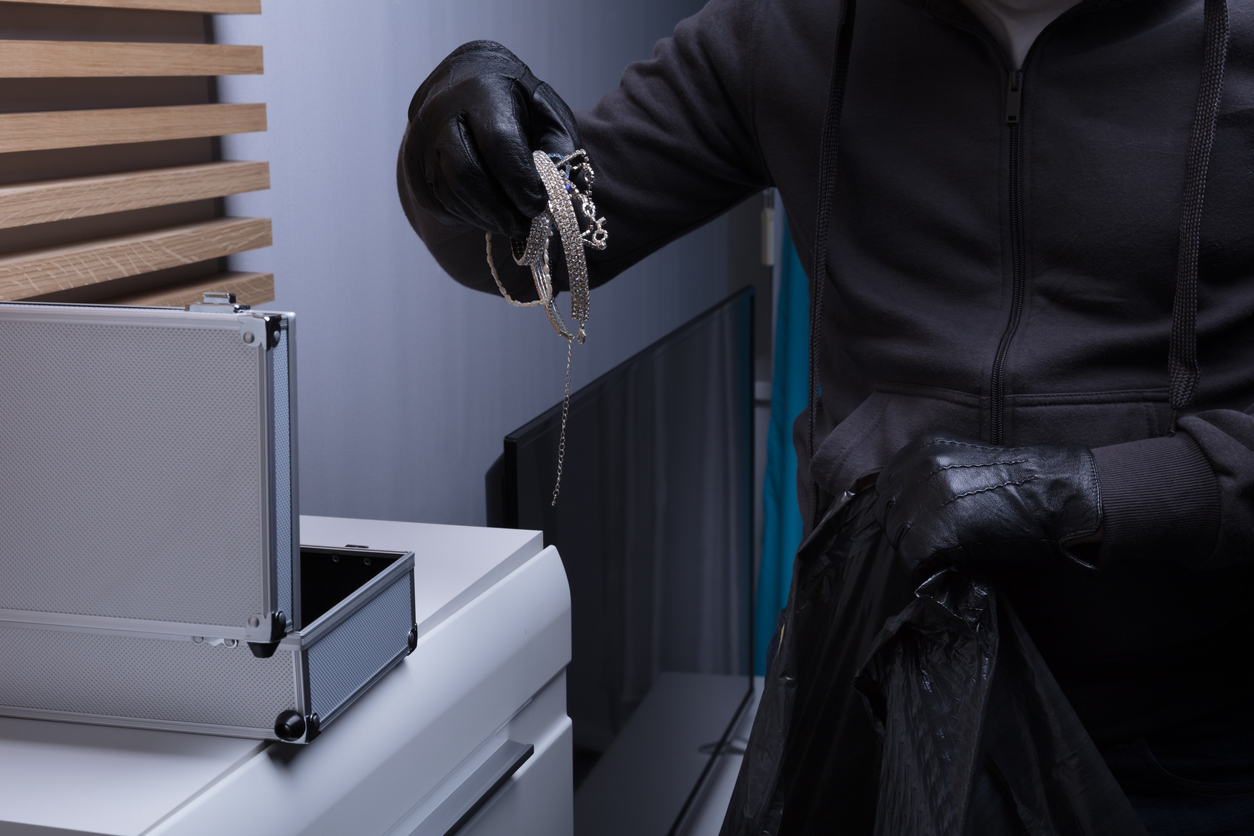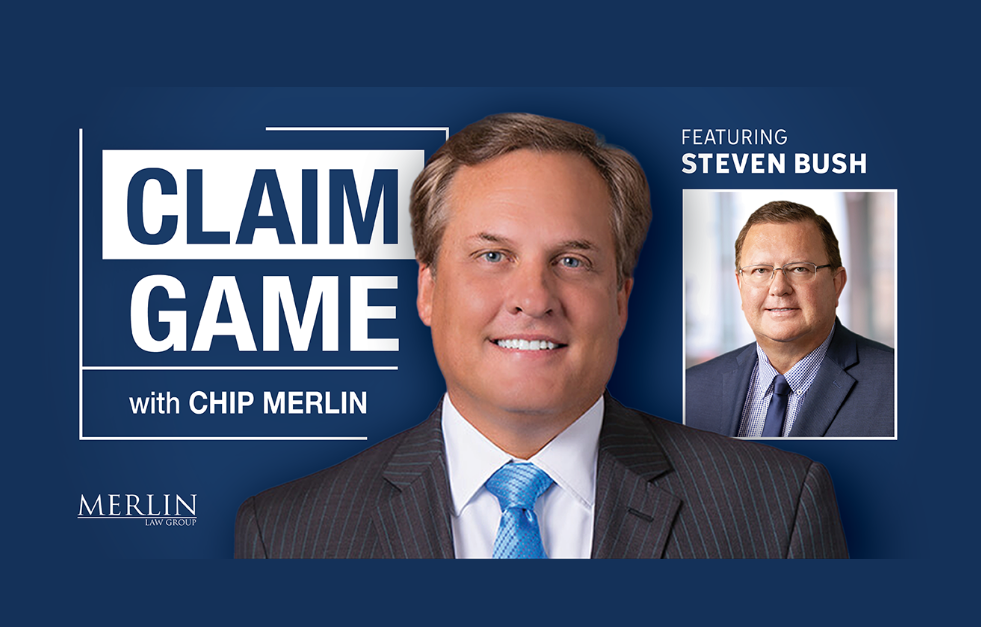When Does Business Personal Property Become Personal Property?
Small business owners often perform a lot of jobs at once, and it’s easy for insurance specifics to get lost in the shuffle. In this post we discuss Business Personal Property (BPP) insurance, a kind of coverage that can help protect your business’s property. We’ll start with some general questions, and then explore a hypothetical scenario about how and whether items that were once used for business purposes retain their status as business items, even once they become exclusively for personal use.
What Is Business Personal Property (BPP) Insurance?
BPP insurance protects your business’s physical assets from damage and loss; it covers the things you own and use to run your business (apart from the building itself). This means that BPP covers equipment (computers, tools, specialized equipment), furniture, inventory, fixtures, and even upgrades you’ve made to a leased space.
What Does a BPP Policy Cover?
A BPP policy covers the physical assets you need to run your business. This includes things like:
- Computers, printers, machinery, tools, and any specialized equipment you use for your operations
- Desks, chairs, shelves, filing cabinets, and other furniture used in your office or workspace
- Any built-in features that aren’t permanent parts of the building itself, like counters or partitions
- Improvements or upgrades you’ve made to a rented workspace
For example, let’s say you own a small consulting firm that rents office space downtown, and you’ve added some items to make the space more welcoming, including furnishings and a semi-permanent partition that allows for some privacy in client discussions. If there were a fire or burst pipe in the building, and your computers and office furniture were destroyed, BPP could help you replace or repair those items. It could cover some of the cost to repair the improvements you’d made to the space (in the form of that privacy partition).
Pro tip: catalog all your business’s property carefully, since it establishes a more accurate estimate of your loss that can be helpful in recovering damages.
What Is Not Covered by a BPP Policy?
BPP policies typically don’t cover the building itself, if you own it; for that, you’d need commercial property insurance or a Business Owner’s Policy (more on that in a moment). BPP policies also don’t cover intangible assets like intellectual property, patents, or trademarks, nor do they usually cover cash. Importantly, any company vehicles must have a separate business auto insurance policy, since vehicles aren’t covered by BPP policies either.
What Are BPP Limits?
BPP limits are the maximum amount a Business Personal Property policy pays out for a covered loss. Specific amounts vary depending on the overall policy limit and any sublimits included in your policy. (Sublimits are caps on coverage for specific categories of property within your overall policy limit. For instance, there might be a sub-limit for electronics or computers to prevent payouts exceeding a certain amount for those types of items). For many BPP policies, the limit is 80%-90% of the total value of the covered property.
BPP Insurance: An Example
Much of the case law addressing the Business Personal Property special limitation involves property once used in a business. Consider the following scenario. An insured owned and operated an antique furniture retail business for ten years. After the business ceased operations, he kept some of the inventory for personal use, stored some of it in a warehouse, and liquidated the rest. Five years later, a fire broke out in the warehouse, damaging and/or destroying most of the personal property. The insured notified his homeowner’s insurer of the loss and submitted a claim for the replacement value of the property, which was in excess of $200,000.
The insurance company paid $500: in their view, because the property had at one point been used for business purposes, it remained business property and was therefore subject to the policy’s special limit of liability for personal property away from the residence premises. This is despite the fact that, since dissolving the business, the insured has been employed in a line of work totally unrelated to the antique furniture retail business.
Many insurers attempt to limit how much they pay by drafting a special limitation to apply to personal property “used at any time or in any manner for any business purpose,”—language which attempts to clearly and unambiguously limit the recovery of personal property if it was ever used in a business or for a business purpose.1
Based on the language of the policy, however, the business property special limitation does not apply. The special limitation for “business” property under this policy is triggered only if, at the time of loss, the property is “used” or “intended for use” in “any full or part time activity of any kind engaged in for economic gain.” In other words, it doesn’t matter that the property stored in the warehouse was at one point for business purposes; it matters how the insured was currently using the property, including if they intended to use it for business purposes at some point in the future.2
Is Business Personal Property Covered Under a Business Owner’s Policy (BOP)?
Yes. A Business Owner’s Policy (BOP) typically combines the property insurance of a BPP with liability coverage, and depending on the policy, with business interruption insurance. In other words, whereas a BPP protects the contents of a building, a BOP protects the contents as well as the container. Additionally, a BOP is sometimes cheaper than purchasing multiple kinds of insurance separately.
How Does Business Personal Property Insurance Differ from Homeowners Insurance?
BPP insurance covers property used for business purposes, including furniture, office supplies, and specialized equipment, whereas homeowner’s insurance covers your home and personal belongings.
Additionally, many homeowner insurance policies contain a special limitation of liability for “business” personal property; this makes home businesses especially complex. For example, under the 2022 edition of the ISO Homeowners 3-Special Form, if you work out of your home and you have property on the residence premises used primarily for business purposes, you can claim up to $3,000. If, however, that property is stored elsewhere (as in our antiques warehouse example above), reimbursement might be limited to $1,500.3 If you run a business out of your home, consider BPP insurance in addition to homeowners insurance to protect your business equipment and inventory. As always, an accurate inventory of your belongings is helpful.
Further Resources on Insurance Coverage Law
Navigating the complexities of insurance claims can feel overwhelming. Whether you’re facing unpaid claims or simply filing for the first time, our eBooks equip you with the crucial information you need to advocate for yourself with confidence.
- Filing A Property Insurance Claim
- Insurance Company Response Time
- What To Do When You Have a Denied/Underpaid Claim
- Wildfire Claims
- Flood Claims Handbook
- More Information on Hurricane Deductible and Policy Limits
- Condominium Hurricane Preparedness
Why Merlin?
Are you fighting an insurance company that won’t pay up on claims? With nearly 40 years of practice and $2 billion in recovered claims, our team stands by your side to ensure you can face any insurance challenge with confidence. Contact us today for a consultation, or read more about how we’re your trusted advocate.
—
1 See Kennedy v. Lumbermen’s Mut. Cas. Ins. Co., 593 N.Y.S.2d 659 ((N.Y. App. Div. 2005); Zawierucha v. Philadelphia Contributorship Ins. Co., 740 A.2d 738 (Pa. Super. 1999); Shadoan; v. Liberty Mut. Fire Ins. Co., 894 P.2d 1140 (Okla. Civ. App. 1994); State Auto Mut. Ins. Co. v. Cawley, 514 N.E.2d 935 (Ohio Ct. App. 1986).
2 See Tell v. Cambridge Mut. Fire Ins. Co., 375 A.2d 315 (N.J. Super. 1977); Gulf Ins. Co. v. Olson, 469 S.W.2d 715 (Tex. App. 1971); Jerrell v. Hartford Fire Ins. Co., 103 N.W.2d 83 (Iowa 1969).
3 Unlike the 2011 edition, the business personal property special limits under the 1991 edition of the ISO Homeowners 3-Special Form apply to property “used at any time or in any manner for any ‘business’ purpose.”




